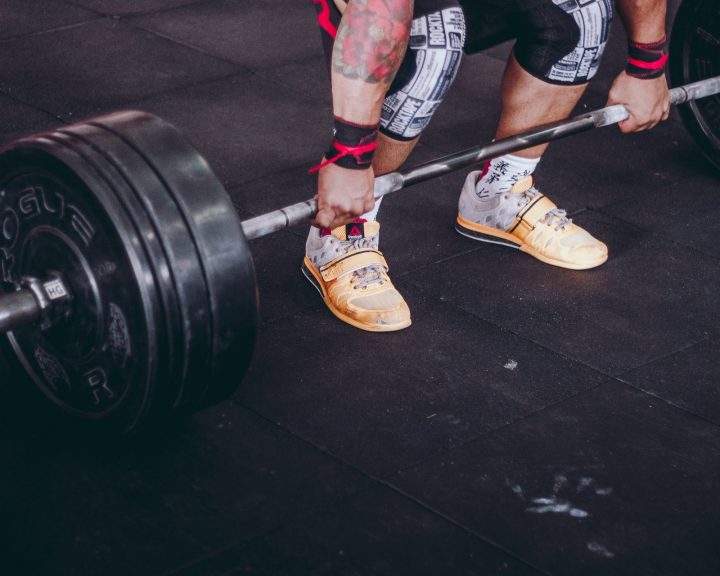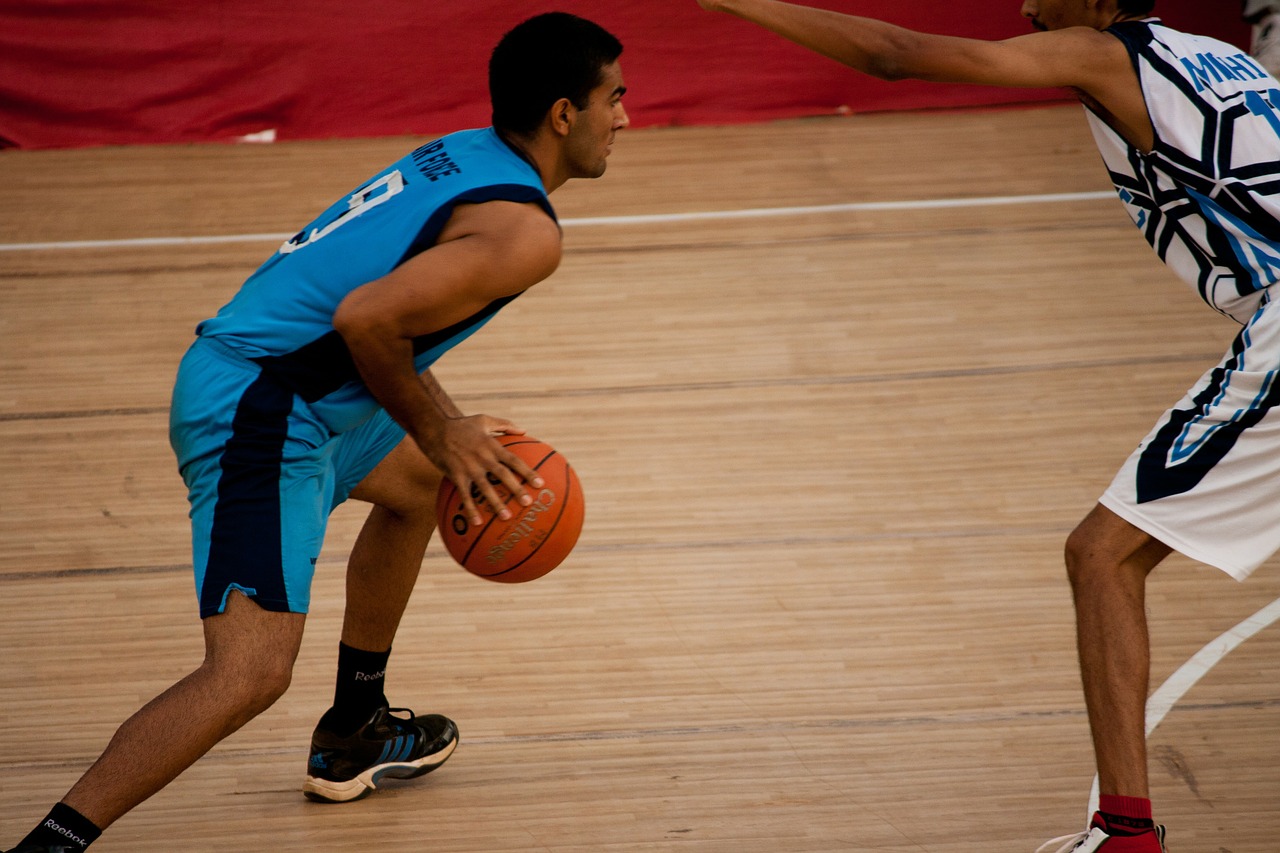I put out a post a few weeks ago about jumping rope. I figured it is worth a post to dive more deeply into this and discuss the value of jumping rope, at least the value in my opinion. Let’s start with the benefits of jumping rope.
First, you have to learn to get over that rope. If you are a beginner and are really unskilled/inefficient, you’re going to do that by jumping really high off the ground. This also tends to make you tired more quickly. As you become more proficient, you don’t have to jump as high. It becomes more of an ankle movement. This helps to allow you to jump for longer periods of time and opens the door to more advanced movements. Point is, you have to learn how to move your feet faster and more efficiently to successfully jump rope. So to me this has the same value as the speed ladder, fast feet drills, ankle hops, that sort of thing.
Second, you have to develop endurance to jump rope. I don’t think this is an appropriate mode of exercise for aerobic training (though some people do and that’s okay), but I think it is great for anaerobic conditioning.
Third, you can incorporate the jump rope with other modes of exercise. For example, jumping rope, swinging the kettlebell, and performing core exercises. Cycle through them like that and perform for the desired amount of time. It’s a pretty good conditioning workout! The table below shows you an example of this kind of workout. Counting transitions the table shows a 20 minute metabolic conditioning workout…
|
Exercise |
Duration (seconds) |
|
Jump rope, both feet Kettlebell swing Plank Jump rope, side to side One-arm kettlebell swing Plank, lift left leg Jump rope, right foot only Kettlebell snatch, right hand Kettlebell snatch, left hand Plank, lift left leg Jump rope, left foot only Kettlebell clean, right hand Kettlebell clean, left hand Side plank (right side) Jump rope, both feet Kettlebell jerk (right hand) Side plank (left side) Jump rope, side to side Kettlebell jerk (left hand) |
120 30 30 120 30 30 120 30 30 30 120 30 30 30 120 30 30 120 30 |
Fourth, there is pounding. By this I mean that jumping rope puts bodyweight (possibly multiples of bodyweight) on the lower limb and foot. Result is Wolff’s law and bone modeling. Good for preventing shin splints. Can be bad though if too much is done too soon. Fortunately, most beginners are so unskilled that this should not be an issue.
Fifth, it’s a motor skill. I think it is extremely important to challenge athletes with motor skills. Broadening your base of motor skills and forcing you to continue to learn new things helps ensure that you are able to master new skills and refine old ones.
Finally, muscles of the lower extremity are involved in jumping rope. This means plantar flexors, dorsi flexors, and the Achilles tendon are all getting strengthened. This is a big deal as we get a little older, nothing worse then going for a layup in a friendly basketball game and tearing your Achilles!
The combination of all the above makes for a more athletic individual who learns this mode of exercise. To me, having to master new physical skills enhances athleticism. Plus, the benefits from this exercise help most athletes, but especially those that sprint and those that need to move their feet quickly.
Now, in terms of exercises. I don’t work with boxers so I don’t feel that I have the need to take it to that extreme. But for me, the fundamental movement is to jump rope using both feet (i.e. jump up and down over the rope). To me this is analogous to the home row in typing, it’s where we start from, it’s a transitional movement, and it’s where we go to if we get into trouble.
We can use both feet and jump side to side or forwards and backwards. We can also do all three movements (up/down, side/side, forwards/backwards) on one foot at a time. We can even alternate feet.
These movements alone give you plenty to start with, especially if you are incorporating this tool with other modes of exercise. From there, it’s up to your imagination!
Revised, June 16, 2024


